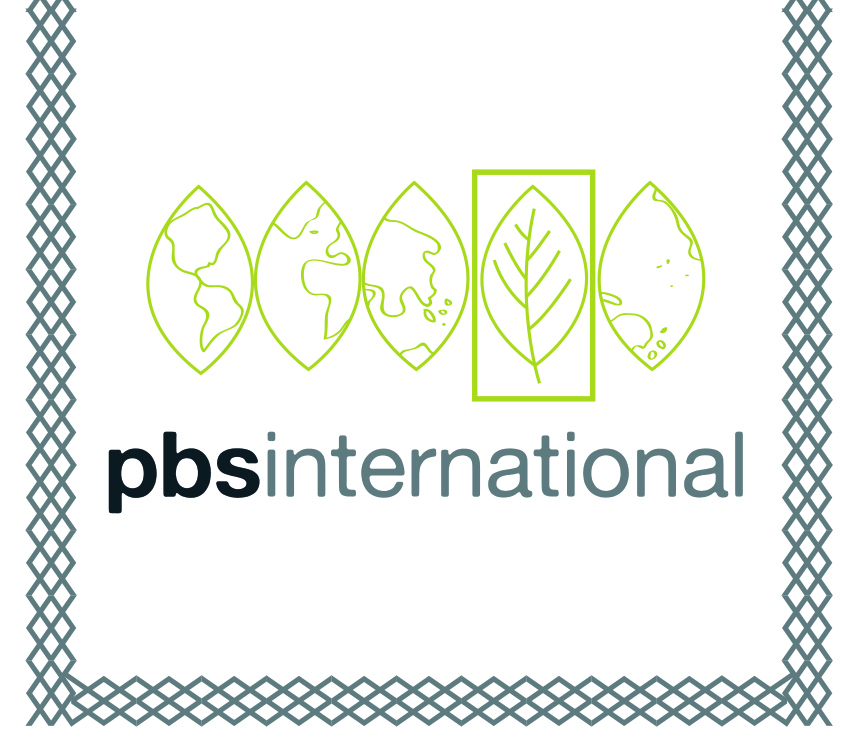Background and Objective: Sorghum breeders traditionally use paper pollination control bags for hybridisation and generation advance. However, these bags get torn off in the rainy season and by birds searching for food. High incidence of grain mold also occurs in these bags. The major objective of this study was to test novel nonwoven synthetic fabrics as replacement for paper bags.
Methodology: Three newly developed pollination control bags from synthetic polyester and polypropylene nonwoven fibres were tested against the paper bags at Patancheru, ICRISAT, India on four sorghum genotypes for bag traits and many quantitative characters in the rainy seasons of 2014 and 2015 years that were diverse in total rainfall which was 231.9 mm more in 2015 compared with 2014 (77% higher) with 11 more rainy days than that in 2014 (299.3 mm in 42 rainy days). Data were analysed using the factorial analysis of variance and Pearson’s correlations.
Results: Bags were evaluated for three bag traits: Water resistance, intactness and ease of handling. The duraweb® SG1 and duraweb® SG2 were superior to other bag types for all these traits with duraweb® SG1 being significantly superior to duraweb® SG2. The duraweb® SG3 bag was similar to the standard paper bag for all bag traits. While bags did not show significant differences for grain yield they significantly differed for other six quantitative traits; duraweb® SG1 was the best performer followed very closely by duraweb® SG2 bag. The duraweb® SG1 bag was significantly superior to no bagging as well as all other types of bags for grain mold resistance. On average 12% bird damage on panicles was observed under paper bags compared with 36% on the uncovered panicles. Contrastingly, no bird damage was observed under bags made of all three novel materials.
Conclusion: The new pollination bags made from nonwoven fabrics provide an effective alternative to traditional paper bags as they ensure near-ambient micro-environment within them for seed development and are strong enough to resist wind, rain and bird damage while allowing aeration to minimize fungal development in the rainy season.



